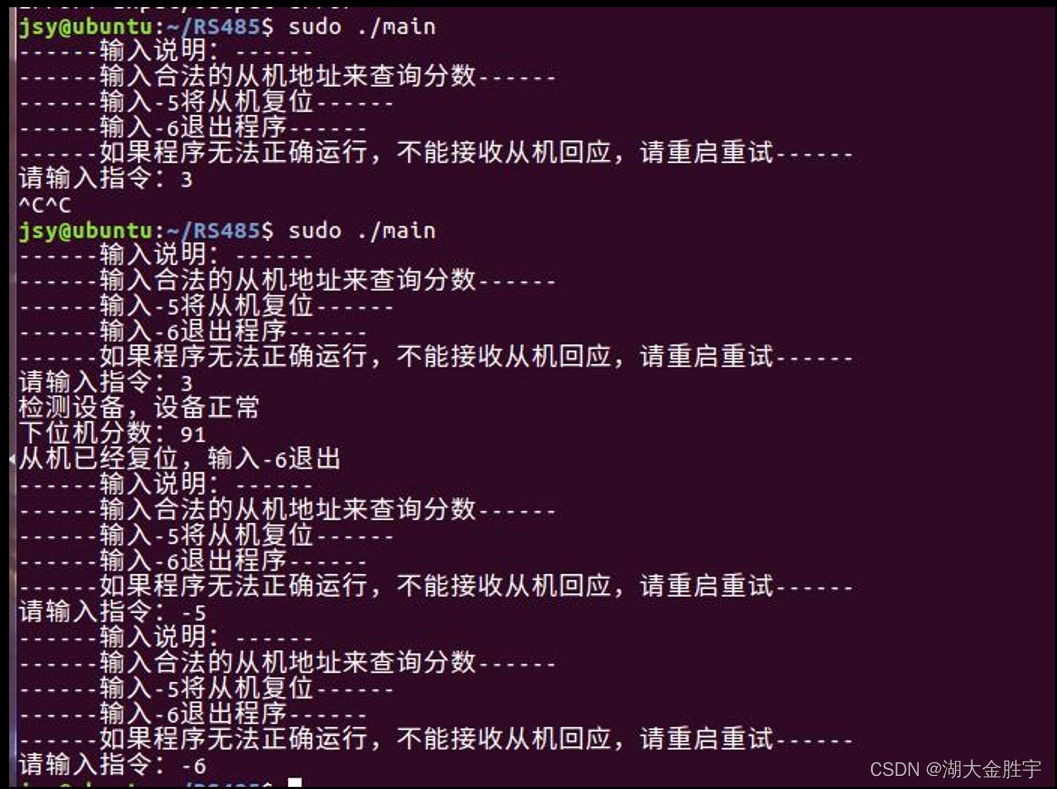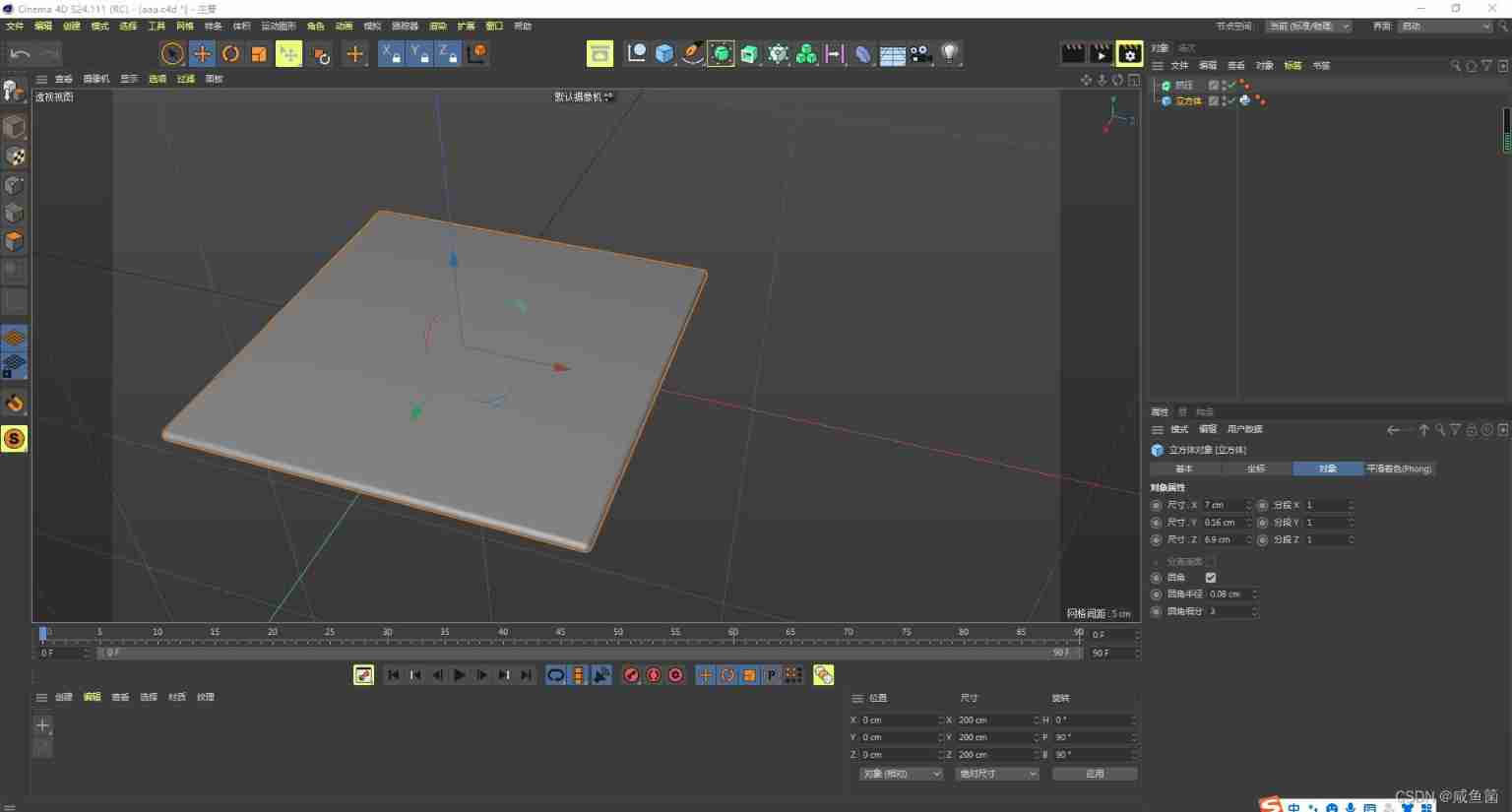当前位置:网站首页>Truck History
Truck History
2022-07-06 09:25:00 【是小张张呀 zsy】
Truck History
Advanced Cargo Movement, Ltd. uses trucks of different types. Some trucks are used for vegetable delivery, other for furniture, or for bricks. The company has its own code describing each type of a truck. The code is simply a string of exactly seven lowercase letters (each letter on each position has a very special meaning but that is unimportant for this task). At the beginning of company’s history, just a single truck type was used but later other types were derived from it, then from the new types another types were derived, and so on.
Today, ACM is rich enough to pay historians to study its history. One thing historians tried to find out is so called derivation plan – i.e. how the truck types were derived. They defined the distance of truck types as the number of positions with different letters in truck type codes. They also assumed that each truck type was derived from exactly one other truck type (except for the first truck type which was not derived from any other type). The quality of a derivation plan was then defined as
1/Σ(to,td)d(to,td)
where the sum goes over all pairs of types in the derivation plan such that to is the original type and td the type derived from it and d(to,td) is the distance of the types.
Since historians failed, you are to write a program to help them. Given the codes of truck types, your program should find the highest possible quality of a derivation plan.
Input
The input consists of several test cases. Each test case begins with a line containing the number of truck types, N, 2 <= N <= 2 000. Each of the following N lines of input contains one truck type code (a string of seven lowercase letters). You may assume that the codes uniquely describe the trucks, i.e., no two of these N lines are the same. The input is terminated with zero at the place of number of truck types.
Output
For each test case, your program should output the text “The highest possible quality is 1/Q.”, where 1/Q is the quality of the best derivation plan.
Sample Input
4
aaaaaaa
baaaaaa
abaaaaa
aabaaaa
0
Sample Output
The highest possible quality is 1/3.还是一样的题,我最近做最短生成树都要吐了
题意:给出n个长度为7的字符串,每个字符串代表一个车,定义车的距离是两个字符串间不同字母的个数,题目要求的数不同的车的距离的最小值,即所求的就是最小生成树。
prim算法
换成了字符串,仅此而已,mmp
#include<stdio.h>
#include<stdlib.h>
#include<string.h>
#include<algorithm>
#include<iostream>
using namespace std;
#define INF 0x3f3f3f3f
int n,mp[2001][2001],dis[2001],f;
bool book[2001];
char c[2001][2001];
void prim()
{
memset(book,0,sizeof(book));
for(int i=1;i<=n;i++)
dis[i]=mp[1][i];
book[1]=1;
int ans=0;
for(int i=1;i<n;i++)
{
int minn=INF;
for(int j=1;j<=n;j++)
{
if(book[j]==0&&dis[j]<minn)
{
f=j;
minn=dis[j];
}
}
if(minn==INF)
break;
book[f]=1;
ans+=dis[f];
for(int j=1;j<=n;j++)
{
if(book[j]==0&&dis[j]>mp[f][j])
dis[j]=mp[f][j];
}
}
printf("The highest possible quality is 1/%d.\n",ans);
}
int main()
{
while(~scanf("%d",&n)&&n)
{
for(int i=1;i<=n;i++)
scanf("%s",c[i]);
for(int i=1;i<=n;i++)
{
for(int j=i+1;j<=n;j++)
{
int sum=0;
for(int k=0;k<7;k++)
{
if(c[i][k]!=c[j][k])
sum++;
}
mp[i][j]=mp[j][i]=sum;
}
}
prim();
}
return 0;
}
边栏推荐
- Optimization method of path problem before dynamic planning
- JS --- BOM details of JS (V)
- China's earthwork equipment market trend report, technical dynamic innovation and market forecast
- ucore Lab 1 系统软件启动过程
- China's salt water membrane market trend report, technological innovation and market forecast
- Word macro operation: convert the automatic number in the document into editable text type
- Accounting regulations and professional ethics [4]
- Learning records: serial communication and solutions to errors encountered
- ucore lab5
- Learning record: how to perform PWM output
猜你喜欢

基于485总线的评分系统

Learning record: USART serial communication

Winter vacation daily question - maximum number of balloons

C4D quick start tutorial - Introduction to software interface

力扣刷题记录

Record of force deduction and question brushing

Determine the Photo Position

ucorelab4

学习记录:USART—串口通讯

STM32 learning record: input capture application
随机推荐
学习记录:USART—串口通讯
Research Report on pharmaceutical R & D outsourcing service industry - market status analysis and development prospect forecast
UCORE lab5 user process management experiment report
0-1 knapsack problem (I)
通俗地理解什么是编程语言
Cost accounting [23]
JS --- JS function and scope (II)
JS --- all knowledge of JS objects and built-in objects (III)
Research Report on market supply and demand and strategy of Chinese graphic screen printing equipment industry
Unpleasant error typeerror: cannot perform 'ROR_‘ with a dtyped [float64] array and scalar of type [bool]
学习记录:理解 SysTick系统定时器,编写延时函数
LeetCode#118. Yanghui triangle
Learning record: how to perform PWM output
Want to change jobs? Do you know the seven skills you need to master in the interview software test
Cost accounting [13]
China's earthwork tire market trend report, technical dynamic innovation and market forecast
STM32 learning record: play with keys to control buzzer and led
Research Report on medical toilet industry - market status analysis and development prospect forecast
ucore Lab 1 系统软件启动过程
区间和------离散化